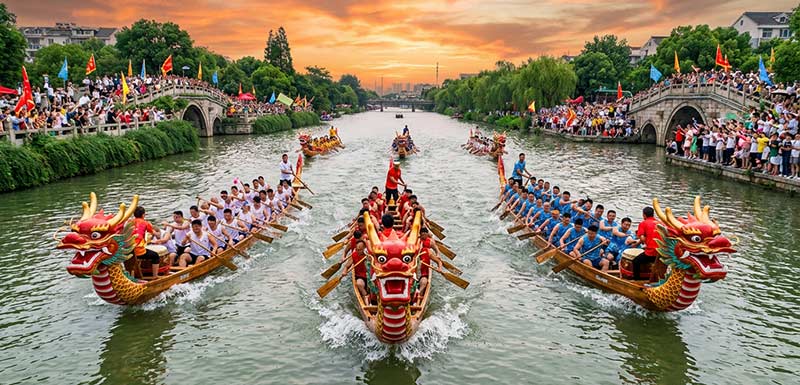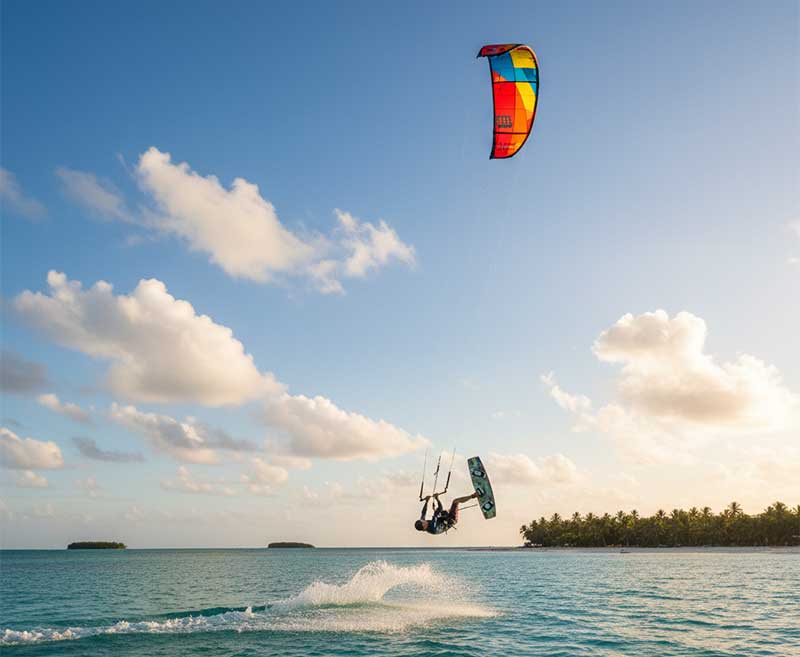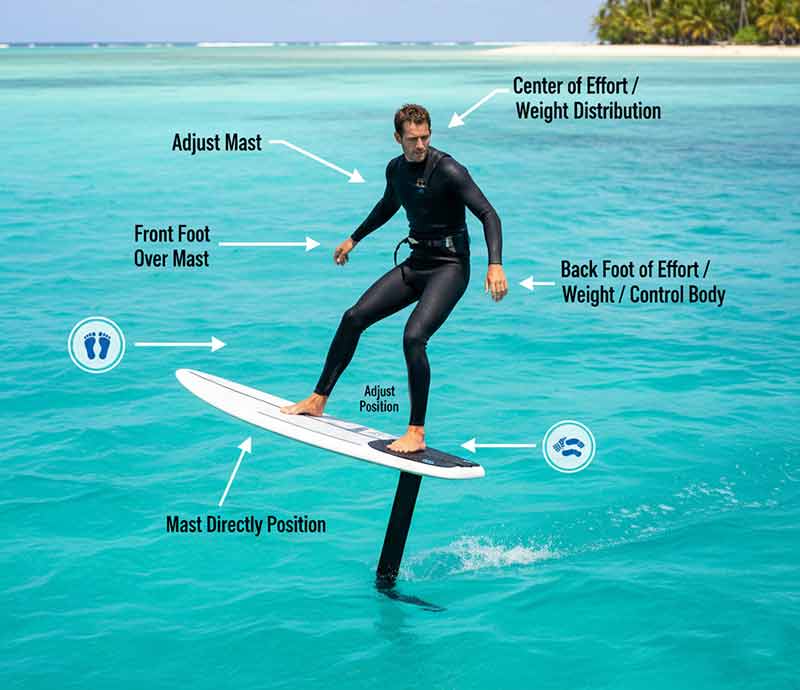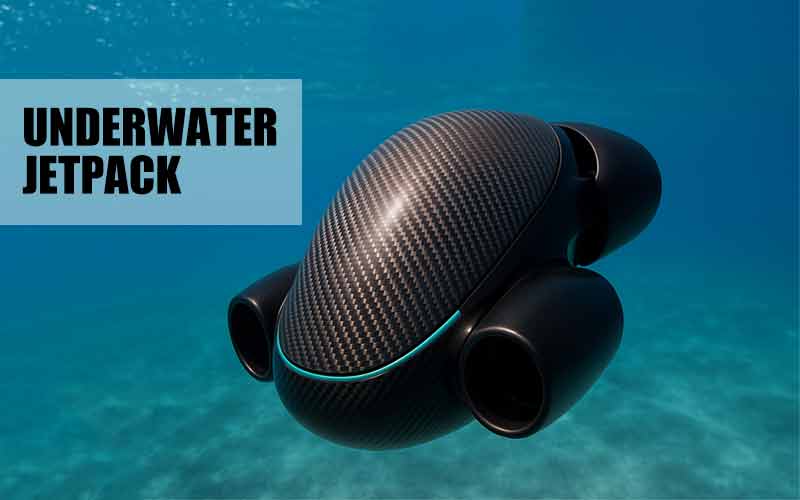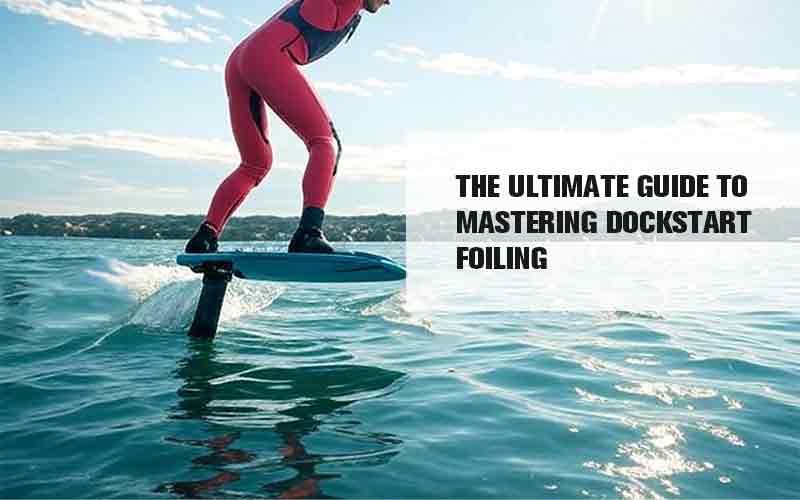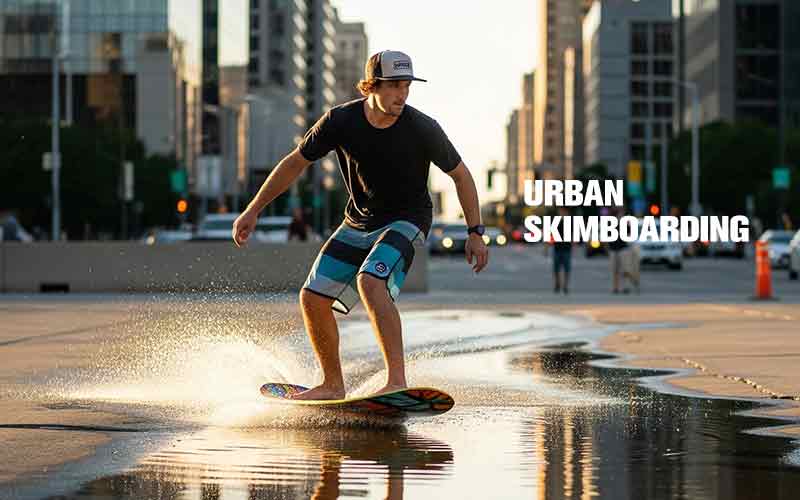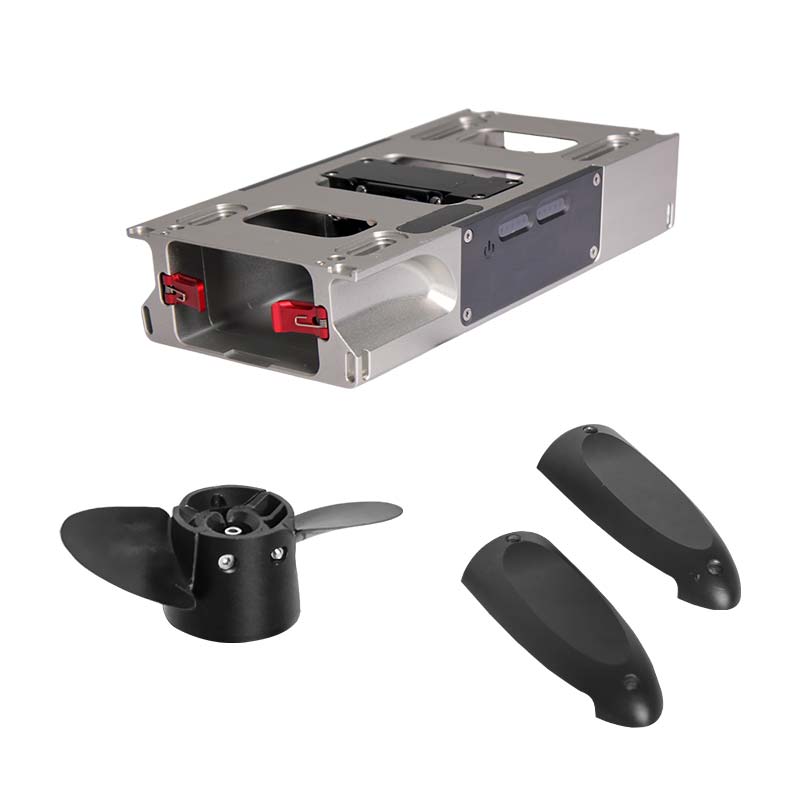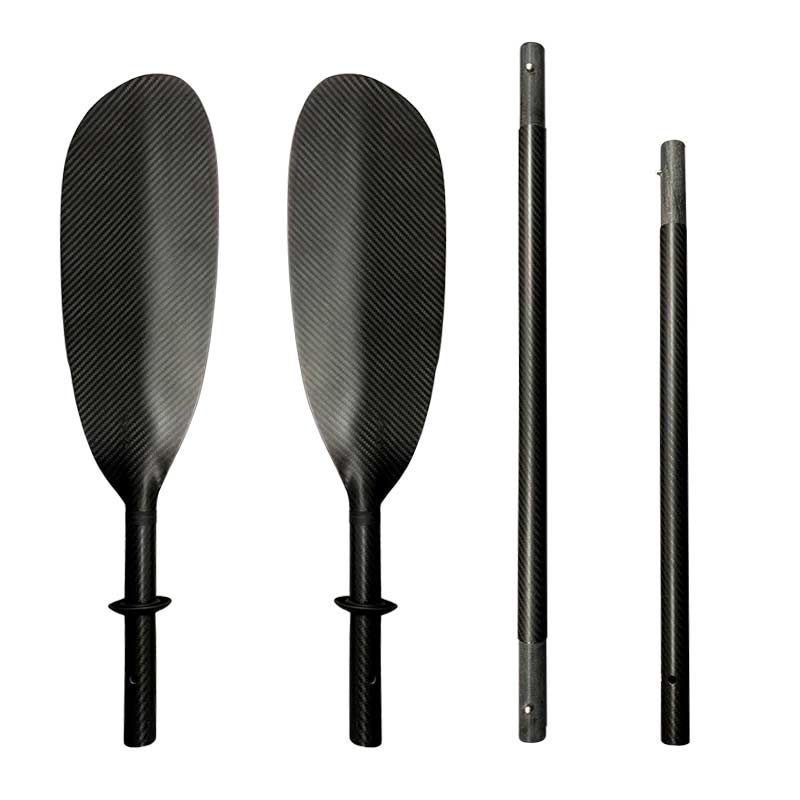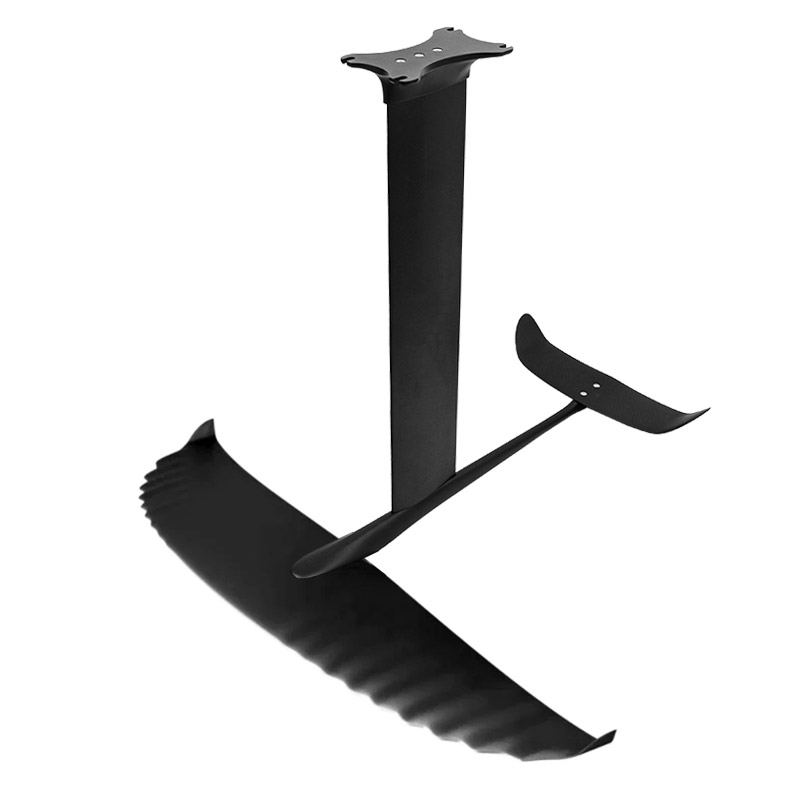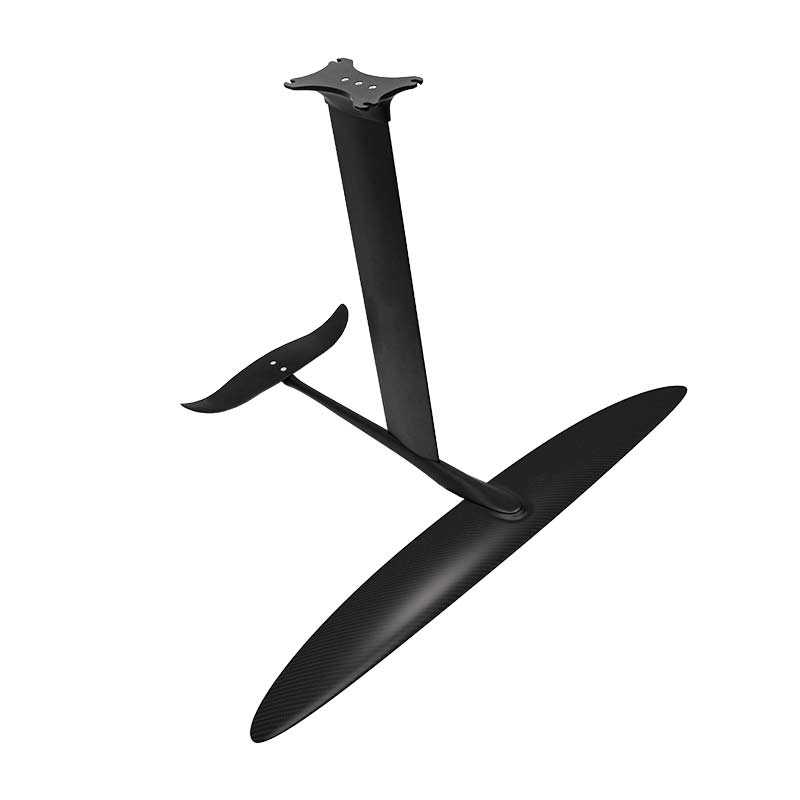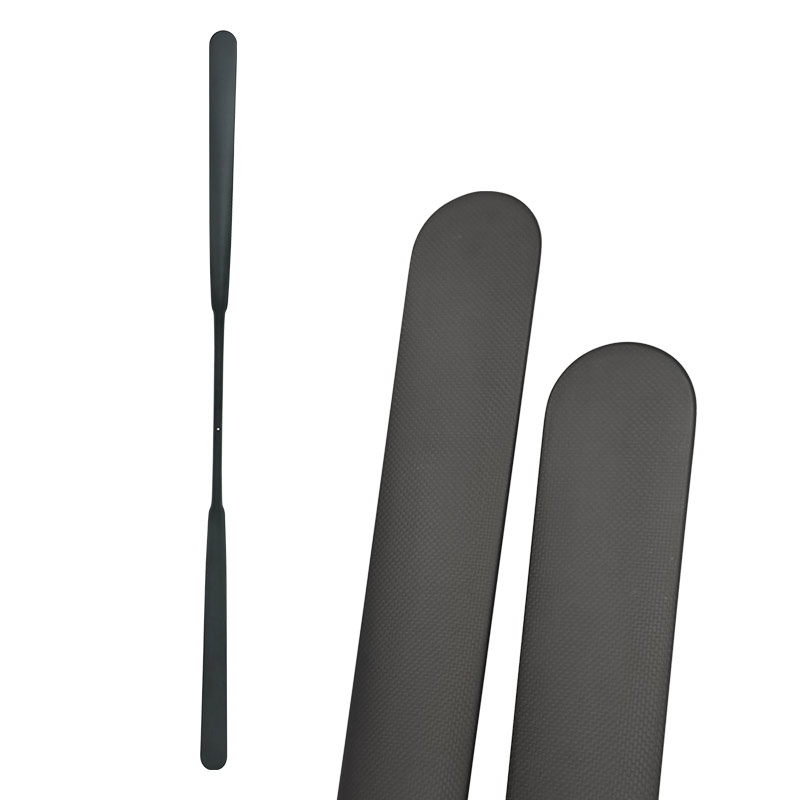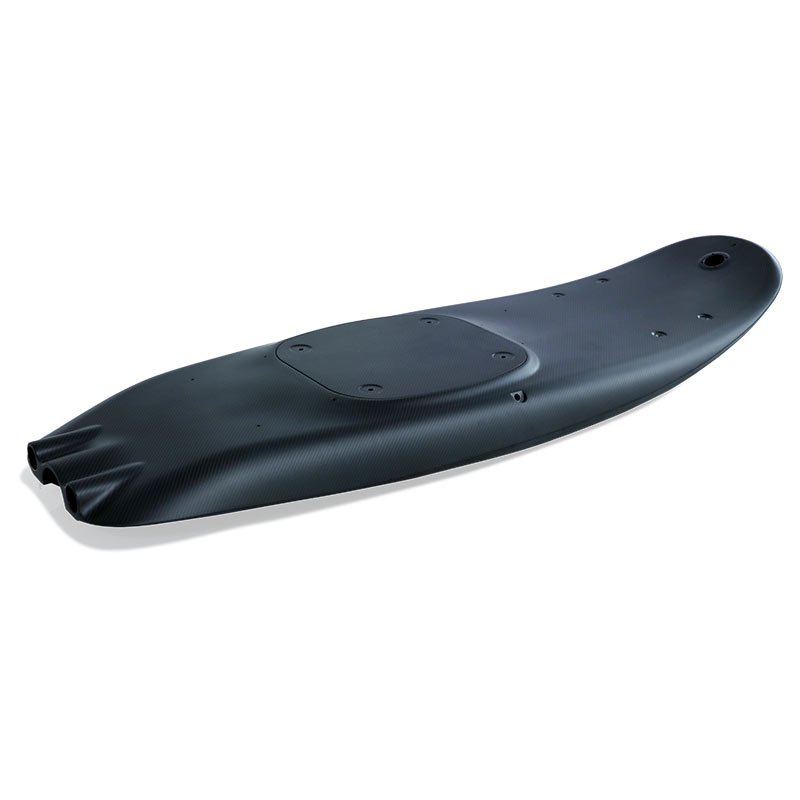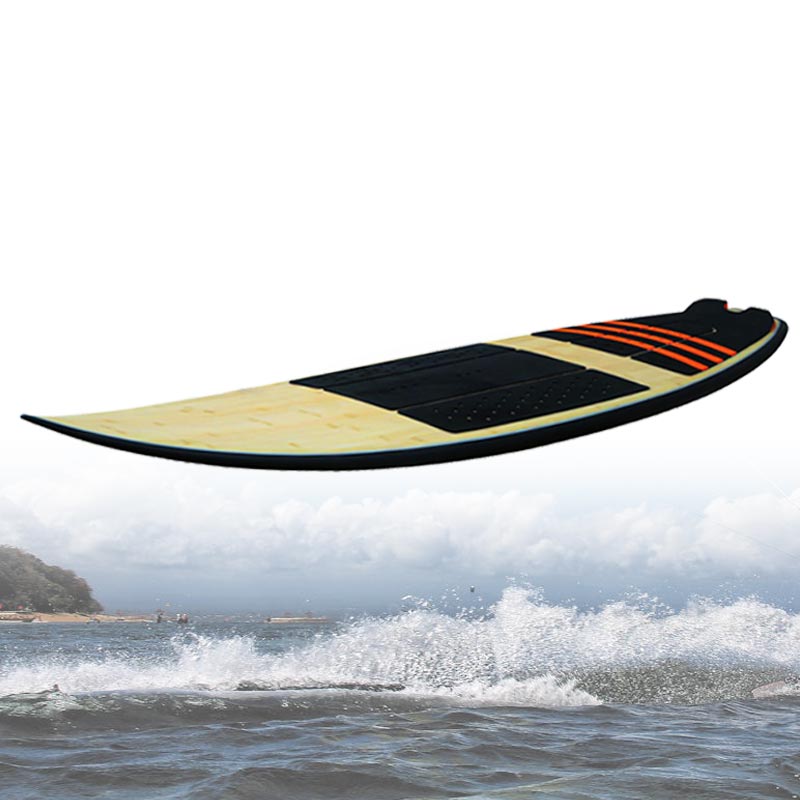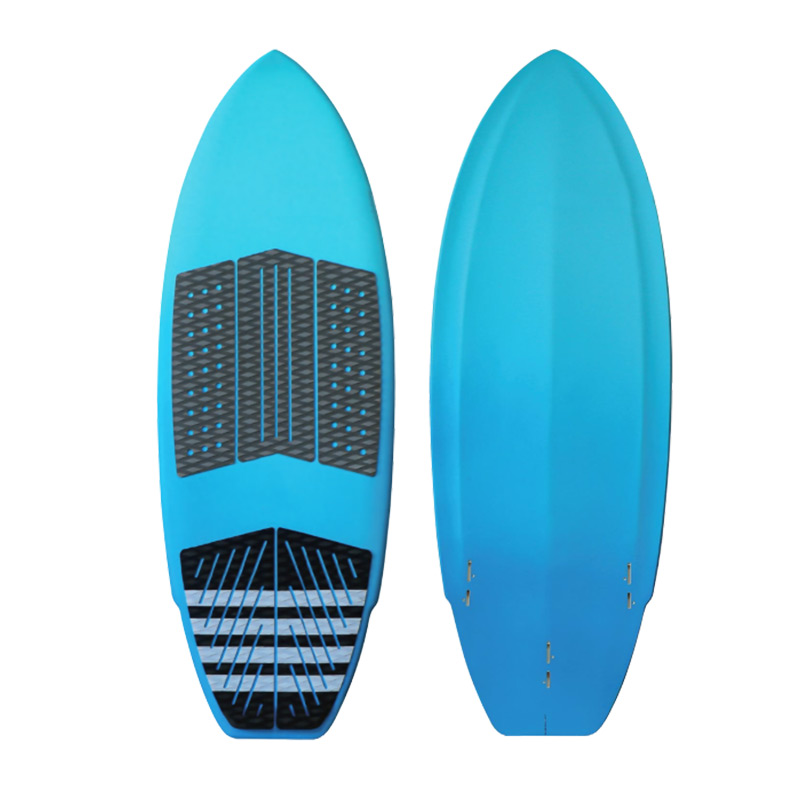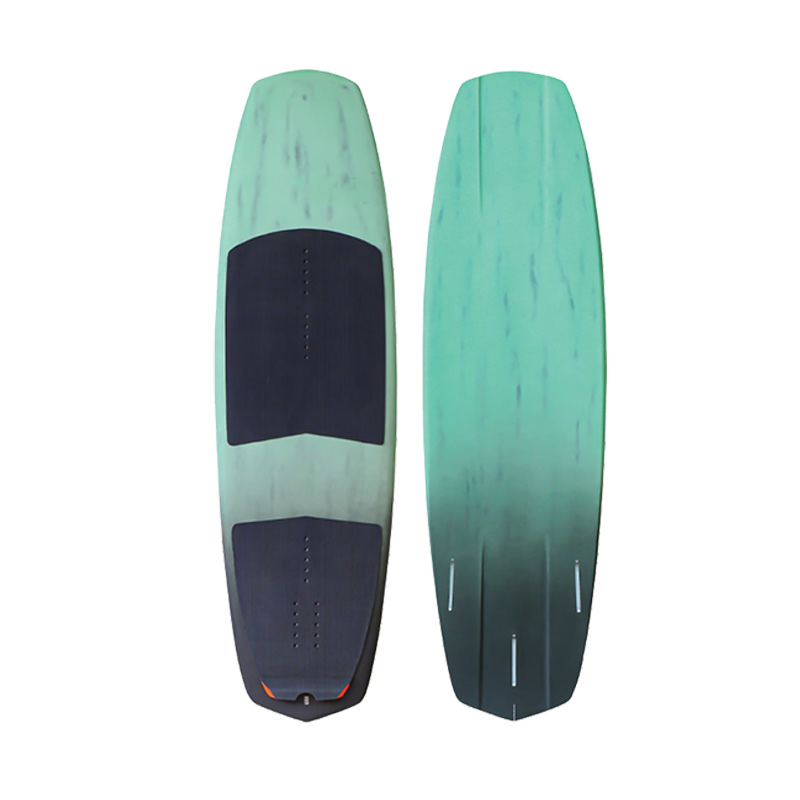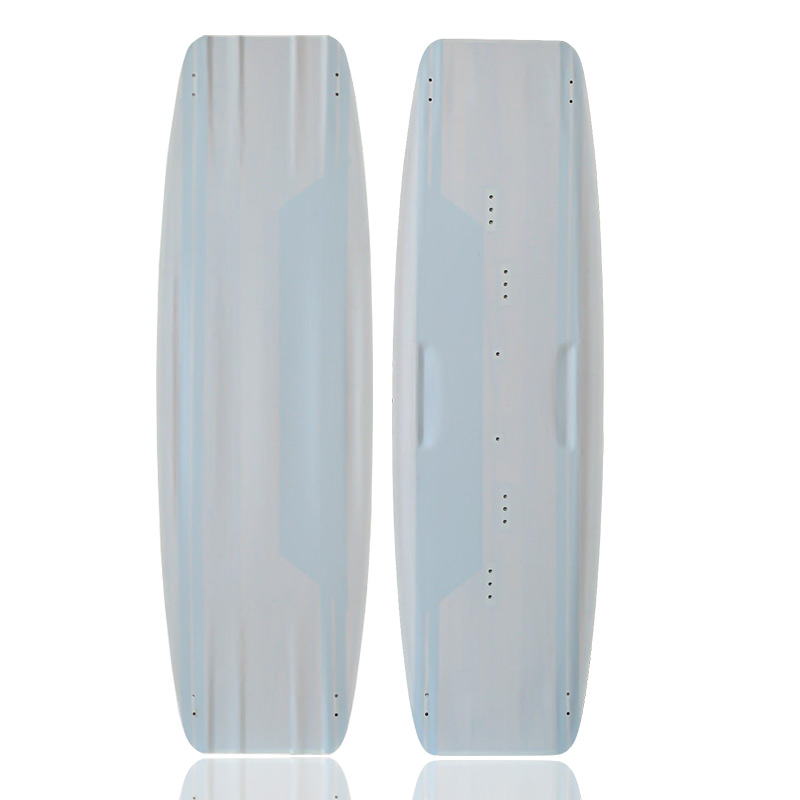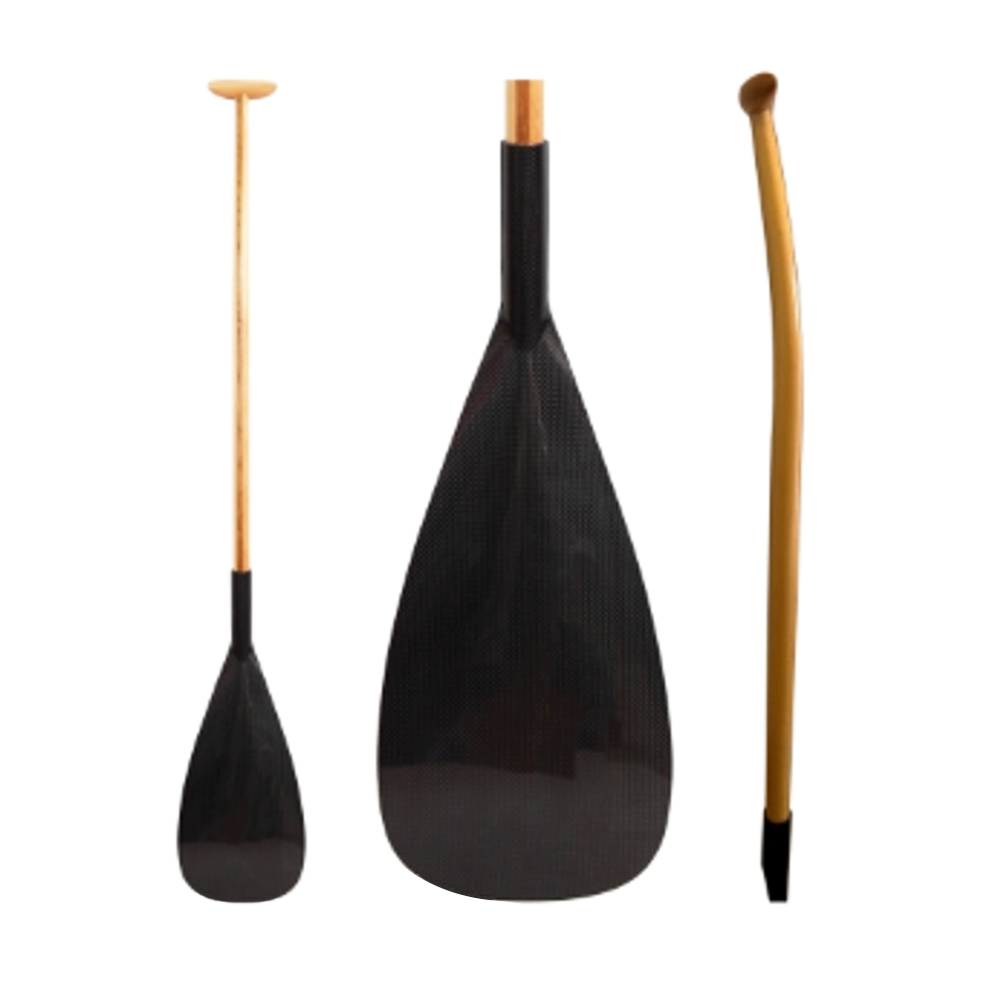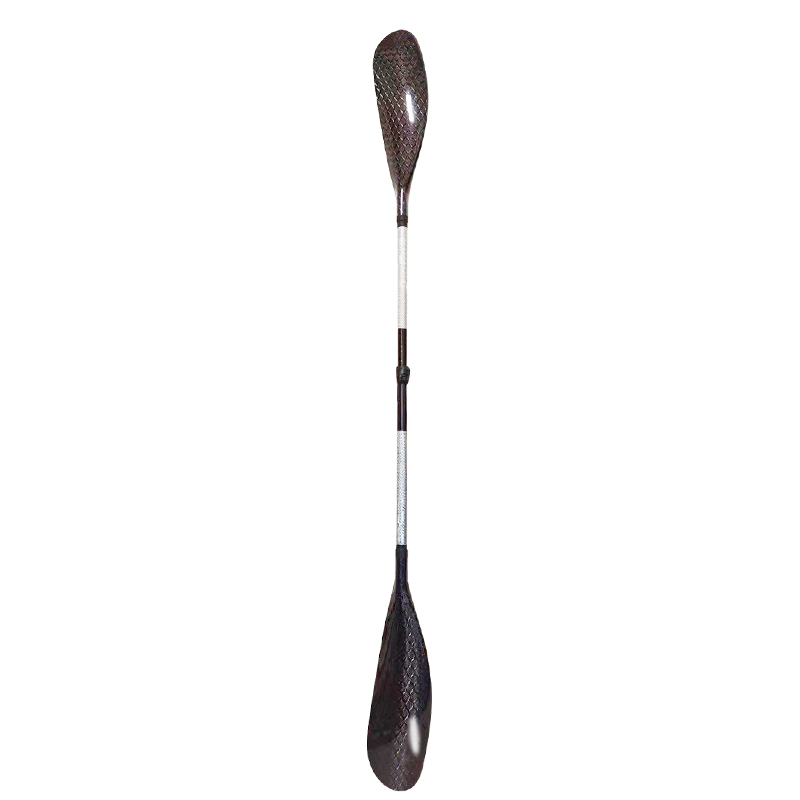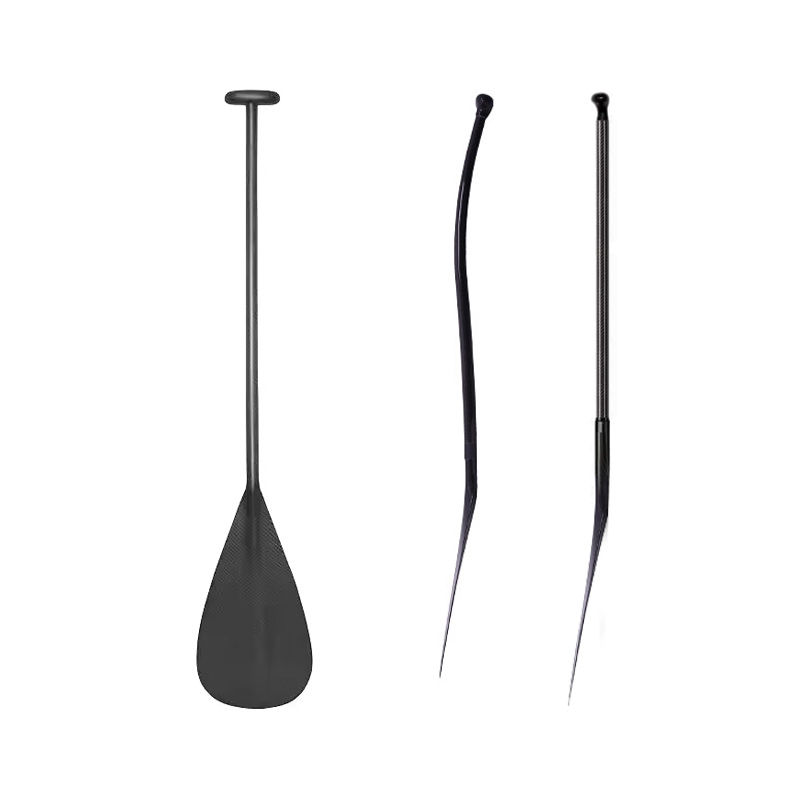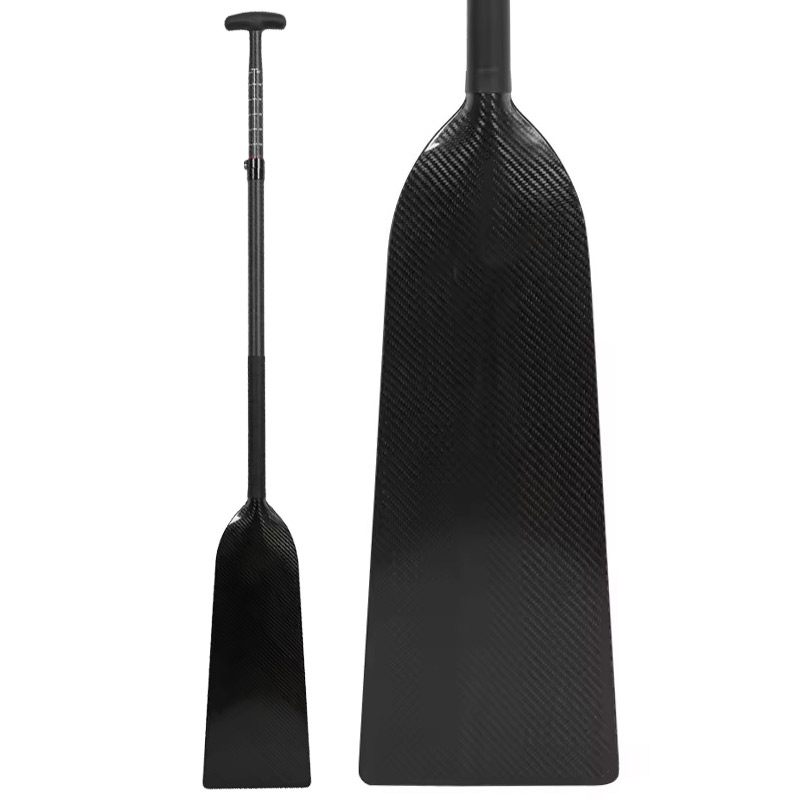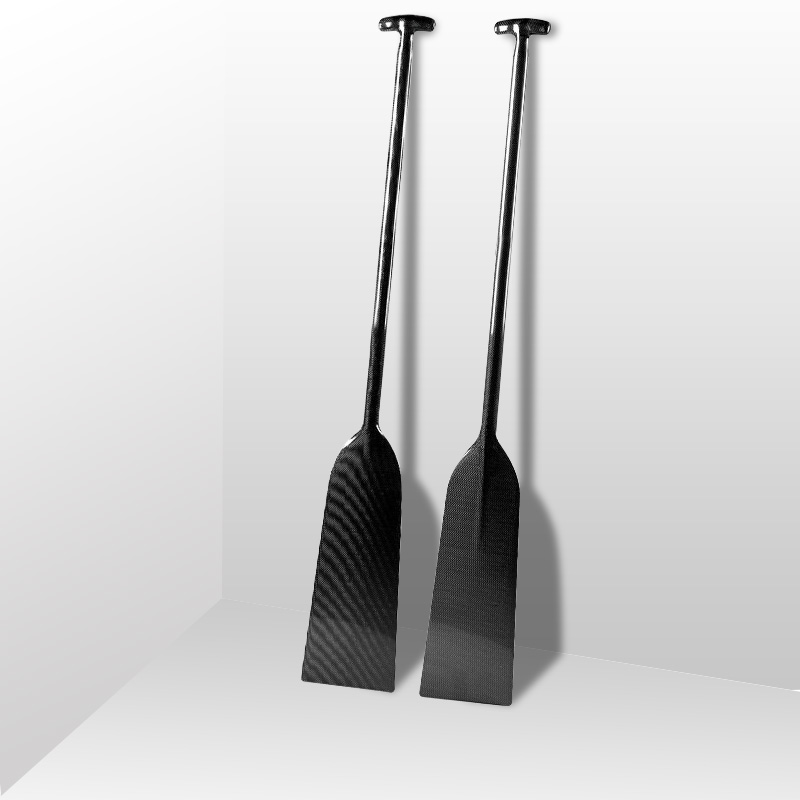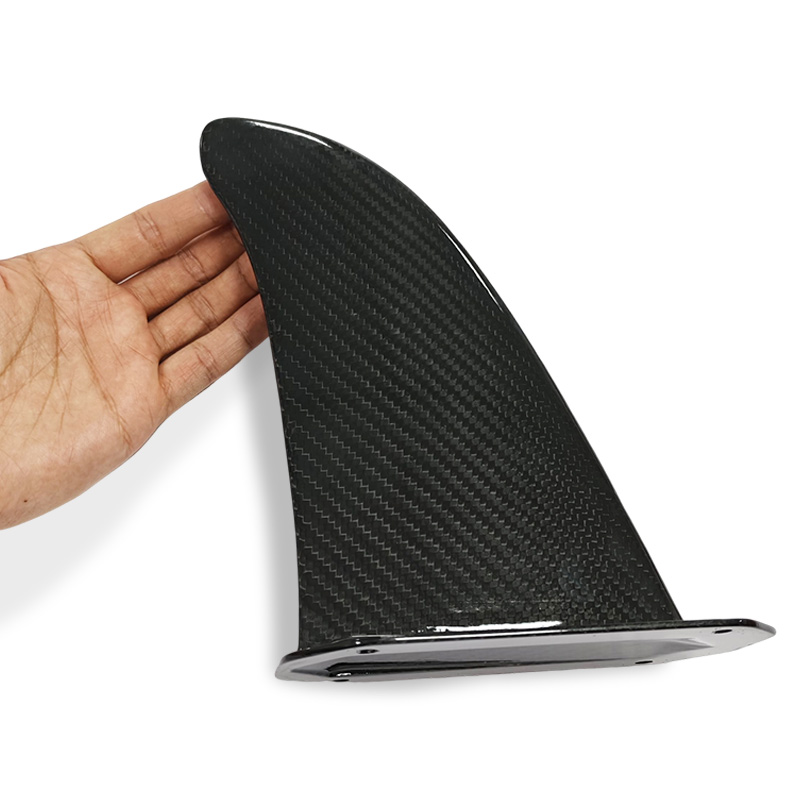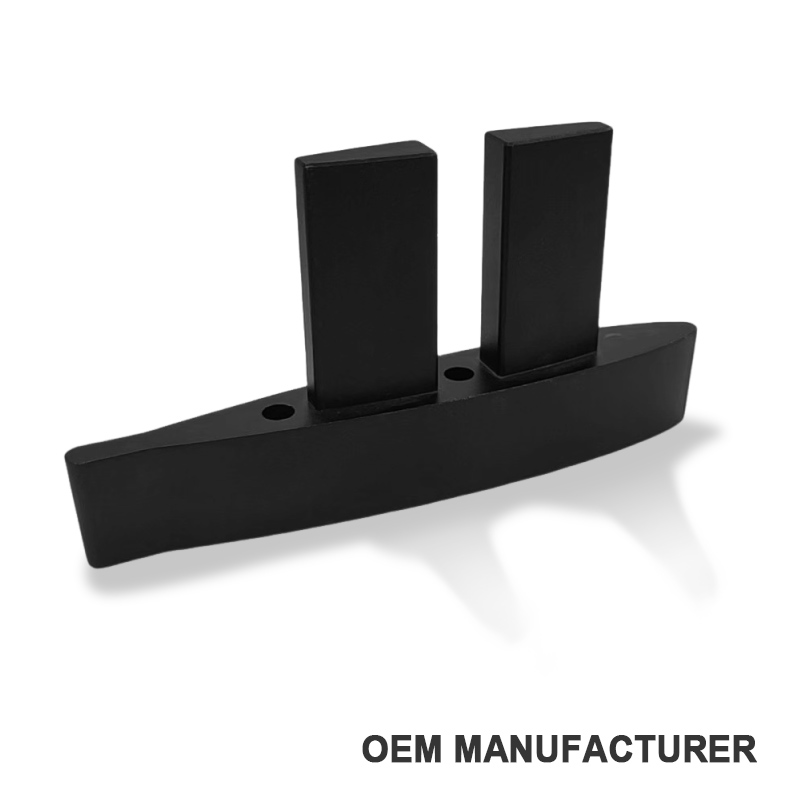From natural surfing to artificial surfing is a great progress in surfing history. Unlike the natural wave, artificial surfing will not be affected by the weather, place, etc.It is more controllable and safe. Today, this article will show you the surfing history and the development of artificial wave, and hope it will helpful for you to know more about it. If you think it is helpful to you, welcome to share to others, thank you.
History of Surfing
Since the dawn of humanity, people have shared a close relationship with the ocean, evolving alongside it. Surfing, as one of the earliest ocean sports, is believed to have ancient origins, though its precise beginnings and timeline are difficult to trace. It is generally thought that the first human surfing activities can be traced back to around 1500 BC in ancient Polynesian civilizations(It has been 3524 years since). In the 18th century, British Captain James Cook visited Tahiti, where he observed and recorded the indigenous people surfing with canoes, making this one of the earliest documented accounts of surfing in human history.
In the early 20th century, surfing began to enter the public eye. During the 1950s and 1960s, with the widespread adoption of polyester fiberglass surfboards, surfing culture started to emerge in places like California and Australia. This culture, which included elements of music, fashion, and film, transformed surfing from a mere sport into a lifestyle, rapidly gaining popularity worldwide.
Key historical events in surfing include the inaugural World Surfing Championship held in Australia in 1962, and the founding of the International Surfing Association (ISA) in 1964 and the World Surf League (WSL) in 1976. In 2016, surfing was officially included as an event in the Tokyo Olympics, marking its formal establishment as a recognized competitive sport.
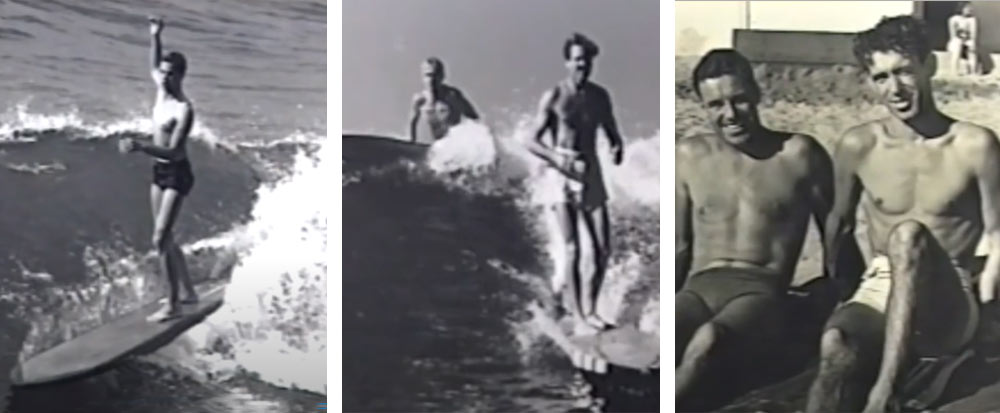
The Joy of Surfing
Surfing is a fun and challenging water sport that allows people to experience joy in nature while providing both physical and mental exercise. With the popularity of shows like Summer Surf Shop, surf destinations such as Riyue Bay in Wanning and Houhai in Sanya have become must-visit spots for young travelers. Surfing can seem like a trendy activity, but the reasons people pursue it go beyond just keeping up with trends.
Firstly, surfing is an excellent recreational activity. It immerses people in nature and allows them to enjoy the waves, which can be a great way to relax and relieve stress. Secondly, surfing requires balance, reaction time, endurance, and physical fitness, which can help strengthen muscles and improve cardiovascular health.
Additionally, surfing involves overcoming fear and challenging one’s courage, showcasing personal skills and bravery. The sport also offers the thrill of exploring the ocean and the adventure it brings. Lastly, surfing is a social activity, providing opportunities to meet new people and build meaningful social connections.
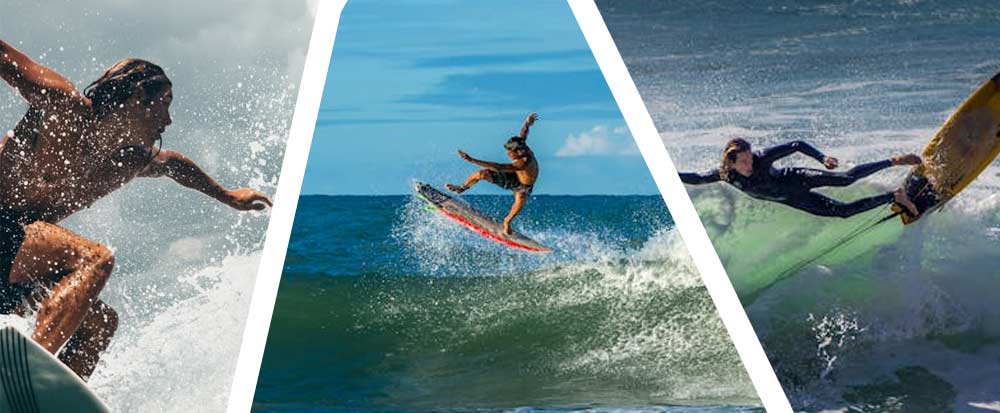
Global Status
According to Surfer Today, a leading surfing industry website, the global surfing population is estimated to be between 23 to 35 million, with males making up 64% and females 36%. About 60% of surfers are aged between 25 and 40, with the remaining majority being under 24. Major surfing countries include the United States, Australia, the United Kingdom, France, Spain, Portugal, New Zealand, and Canada. Surfer Today conservatively estimates that the global surfing industry generates an annual revenue of $7.3 billion, encompassing equipment manufacturing, hospitality services, and more. The United States accounts for over one-third of this revenue, and the industry is projected to reach $10 billion by 2025.
Development in China
Over the past two decades, surfing has become increasingly popular in China. Coastal regions and certain tourist destinations offer suitable beaches and wave conditions for surfing, attracting more enthusiasts. Notable surfing spots include the southern coast of Hainan, Dongchong and Xichong in Shenzhen, Gulangyu in Xiamen, Laoshan in Qingdao, and Jinshitan in Dalian. These popular surfing locations, especially Riyue Bay in Wanning, Hainan, host various surfing competitions and events each year, drawing surfers from around the world.
Surfing’s Growing Popularity in China
Since surfing became an official Olympic sport, it has gained increased attention in China although not much artificial surfing now. This is evident from the establishment of professional surfing teams in many sports strongholds across the country, beginning a systematic process of nurturing surfing talent. In 2023, the General Administration of Sport of China even added surfing as a summer sports specialty in the national sports admissions program, which will allow more talented surfers to enter universities.
At the 2024 Paris Olympics, 15-year-old Yang Siqi represented the Chinese surfing team, marking China’s debut in the Olympic surfing event. This highlights the rapid development of world-class surfing talent in China within just a few years and signifies the promising future of surfing in the country.
However, overall, due to the obstruction of the First Island Chain, China’s wave conditions differ significantly from those in other globally developed surfing regions. This makes it challenging to host top-tier international professional surfing events and limits the appeal for international surfing tourists. As a result, China is not yet a popular destination for global surfing tourism as well as the artificial surfing.
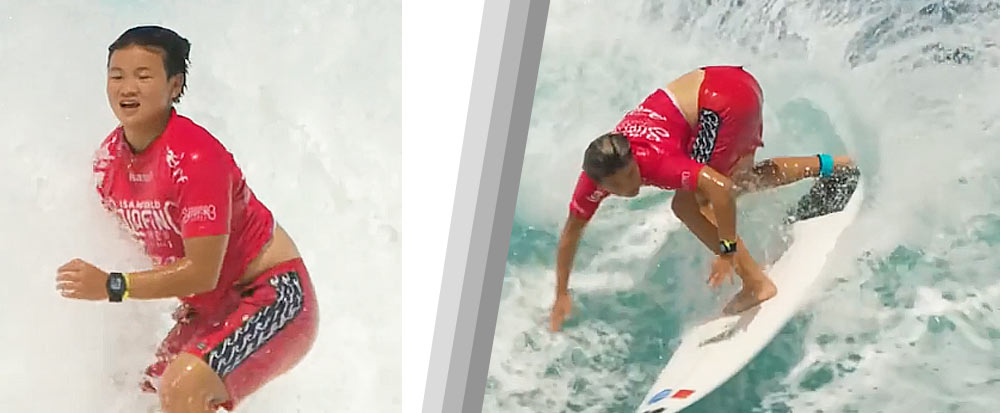
Limitations of Natural Surfing
Unlike the artificial surfing, the natural surfing is highly appealing, it also comes with several limitations due to its inherent characteristics. Its main advantages include:
- Unpredictability: Natural surfing features such as wave height, frequency, and ride duration are unstable, making it more challenging. This unpredictability tests surfers’ skills and adaptability.
- Complex Conditions: The ocean environment, including marine life and underwater reef distribution, adds complexity, providing a more comprehensive challenge to surfers.
- Ocean Appeal: Natural surfing satisfies the surfers’ desire for authentic ocean experiences and connection with nature.
- Low Experience Cost: The average cost per surf session can be quite low, sometimes to the point of being negligible, making it an accessible activity for many.
Despite these benefits, the inherent variability and potential hazards of natural surfing can also limit its appeal and practicality for some individuals.
However, the disadvantages of natural surfing are also very apparent. Key indicators such as wave spots, frequency, height, and ride duration are irregular, which is not conducive to solidifying techniques, thereby reducing the efficiency of the experience or training. Additionally, the presence of dangerous fish, underwater reefs, and currents introduces potential safety risks. Natural surfing is also highly dependent on weather and geographical conditions, making it impossible to practice year-round.
Due to these many shortcomings of natural surfing, professional artificial wave technology has started to attract the attention of professional surfers and artificial surfing has emerged on the stage driven by technological and financial advancements.
Artificial Surfing
As the same with the development of surfing, artificial surfing has also gone through many different stages of development as shown below.
Early Development
Although artificial wave technology, especially large-scale professional systems, is not widely known, artificial surfing history dates back earlier than most people realize. As early as 1845, King Ludwig II of Bavaria electrified his private water area to create artificial surfing waves. In 1929, a swimming pool in Munich, Germany, generated artificial surfing waves using a “wave maker” that moved water through grids in the diving area. In 1939, a public swimming pool in Wembley, London, equipped with hydraulic technology, produced artificial waves through mechanically-driven methods.
Post-War Development
After World War II, the economic boom and the growing demand for leisure activities spurred the development of modern artificial wave technology. Influential pioneers such as Dr. Siegfried Schuster and Professor Christian Boes from Berlin University, and Gary Zuercher, founder of Wavetek, played key roles in advancing this technology. By the late 20th century, nearly all water parks worldwide were equipped with wave pools, bringing joy to countless visitors.
However, it is important to note that recreational-grade artificial wave technology can meet the operational needs of general water parks regarding key indicators such as wave height, frequency, ride duration, and wave strength. Still, it does not fulfill the requirements of professional surfers or surfing competitions.
With the rapid increase in the global surfing population and the desire to cater to surfers’ needs for anytime, anywhere surfing, companies and professional surfers began investing in the development of advanced artificial wave technology after 2000. Several experimental projects emerged during this period.
In 2015, the world’s first commercial full-size professional artificial wave pool, Surf Snowdonia (now closed), was opened in Wales, UK, by Spain’s Wave Garden. Later that year, 11-time World Surfing Champion Kelly Slater launched the Surf Ranch in Lemoore, California, a professional-grade artificial surfing project, which was initially open only to professionals. In 2016, Wave Garden’s NLand Surf Park (now closed) opened to the public in Austin, Texas, becoming the first public professional artificial surfing project in the United States.
These three projects were among the earliest large-scale professional artificial surfing facilities globally, all employing underwater mechanical propulsion technology. However, due to being in the relatively early stages of technology and the inherent limitations of underwater mechanical systems, these facilities faced issues with operational stability and reliability, leading to lower
performance and even closure, resulting in lower visibility and public attention.
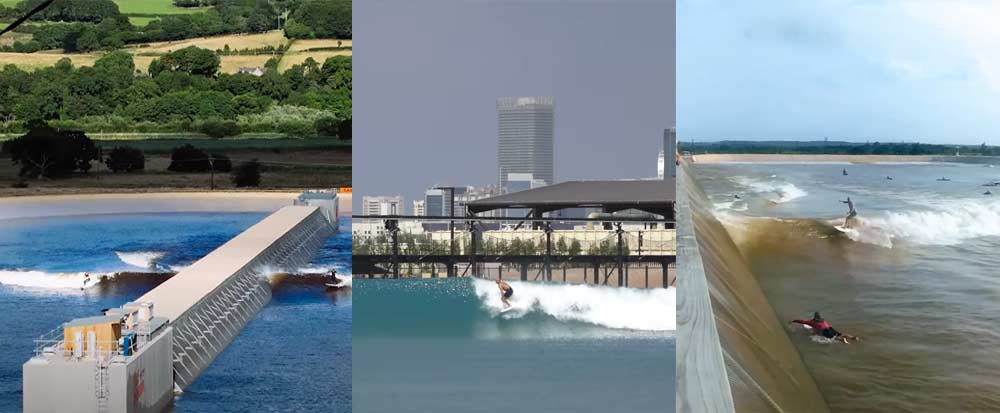
Advanced Development
In 2018, the American Wave Machines (AWM) developed the world’s first commercial pneumatic large-scale artificial surfing park, BSR Surf Resort, which opened in Waco, Texas. Its proprietary pneumatic wave technology, PerfectSwell, produces waves that more closely resemble natural wave shapes and forces, offering surfers a better experience and more reliable operations.
Developments Around 2020
In the same year, Australia’s Surf Lakes artificial surfing pioneered another approach to large-scale artificial wave technology—gravity-based wave generation. They began testing operations in Queensland in 2020. This unique technology allows for a wave production frequency of up to 2,000 waves per hour. In 2020, Spain’s Wave Garden artificial surfing launched the 2.0 version of their professional artificial wave pool product, The Cove. This new version, based on their existing technology, achieves a bi-directional wave frequency of up to 1,000 waves per hour and offers significant improvements in reliability, energy consumption, and operational costs compared to the first-generation product.
Mature Development
Around 2020, with the accumulation of operational experience and technological refinement, large-scale professional artificial wave technology began to enter a mature development stage. American Wave Machines (AWM) and Spain’s Wave Garden dominated the market. Additionally, Canada’s White Water, with decades of experience in artificial surfing technology, developed the Endless Surf brand. Their first Endless Surf project, located at O2 Surf Town MUC in Munich, Germany, is set to open in August 2024.
Representative artificial surfing projects from American Wave Machines include:
- BSR Surf Park in Waco, Texas, which opened in 2018.
- PerfectSwell indoor project at American Dream Mall, New Jersey, which opened in 2019.
- PerfectSwell Shizunami in Japan, which opened in 2021.
- PerfectSwell Boa Vista in São Paulo, Brazil, which opened in 2023.
- The PerfectSwell São Paulo Surf Club, currently under development in Brazil.
Additionally, the American company Surf Loch launched the Palm Springs Surf Club project in California, though this project has faced engineering issues, preventing it from achieving stable, mature operations.
Wave Garden Representative Projects
Wave Garden’s notable artificial surfing projects include:
- Urban Surf in Melbourne, Australia, which opened in 2020.
- Wave Park in Siheung, South Korea, which opened in 2020.
- Praia da Grama in São Paulo, Brazil, which opened in 2021.
- Alaïa Bay in Sion, Switzerland, which also opened in 2021.
- SurfLand Brazil in Garopaba, Brazil, which opened in 2023.
- Urban Surf in Sydney, Australia, set to open in 2024.
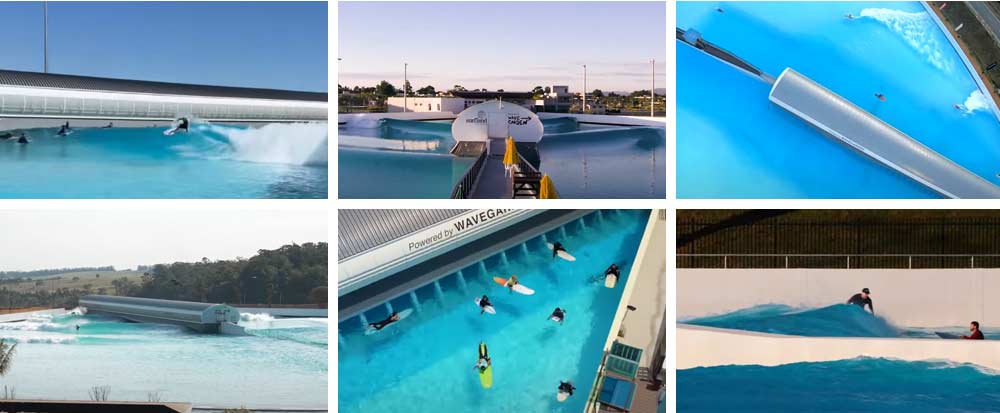
Development in Asia
Compared to Europe and the Americas, Asia’s development of large-scale professional artificial wave pools has been relatively slower. Currently, there is only one such facility each in Japan and South Korea. However, as interest in surfing grows and developers place more focus on the sport, this trend is expected to change in the coming years.
In conclusion
In conclusion, the evolution from natural to artificial surfing represents a significant milestone in the history of surfing. While natural surfing offers an unparalleled connection to the ocean and a thrilling challenge, it is often constrained by unpredictable conditions and geographical limitations. Artificial surfing, on the other hand, provides a controlled environment that ensures consistent wave quality and safety, making it increasingly popular among surfers worldwide.
As this article has outlined, the development of artificial wave technology has come a long way, from early experimental setups to sophisticated, professional-grade facilities. The advancements in artificial surfing technology have opened new possibilities for surfers and enthusiasts, allowing them to enjoy the sport year-round and in various locations.
Understanding the history and progress of both natural and artificial surfing enhances our appreciation of the sport and its future prospects. If you found this article informative, feel free to share it with others who might be interested in learning more about the exciting developments in the world of surfing. Unity Sports is a professional composite surfing manufacturer, if you are interested in it, welcome to contact us for production service. Thank you for reading.

